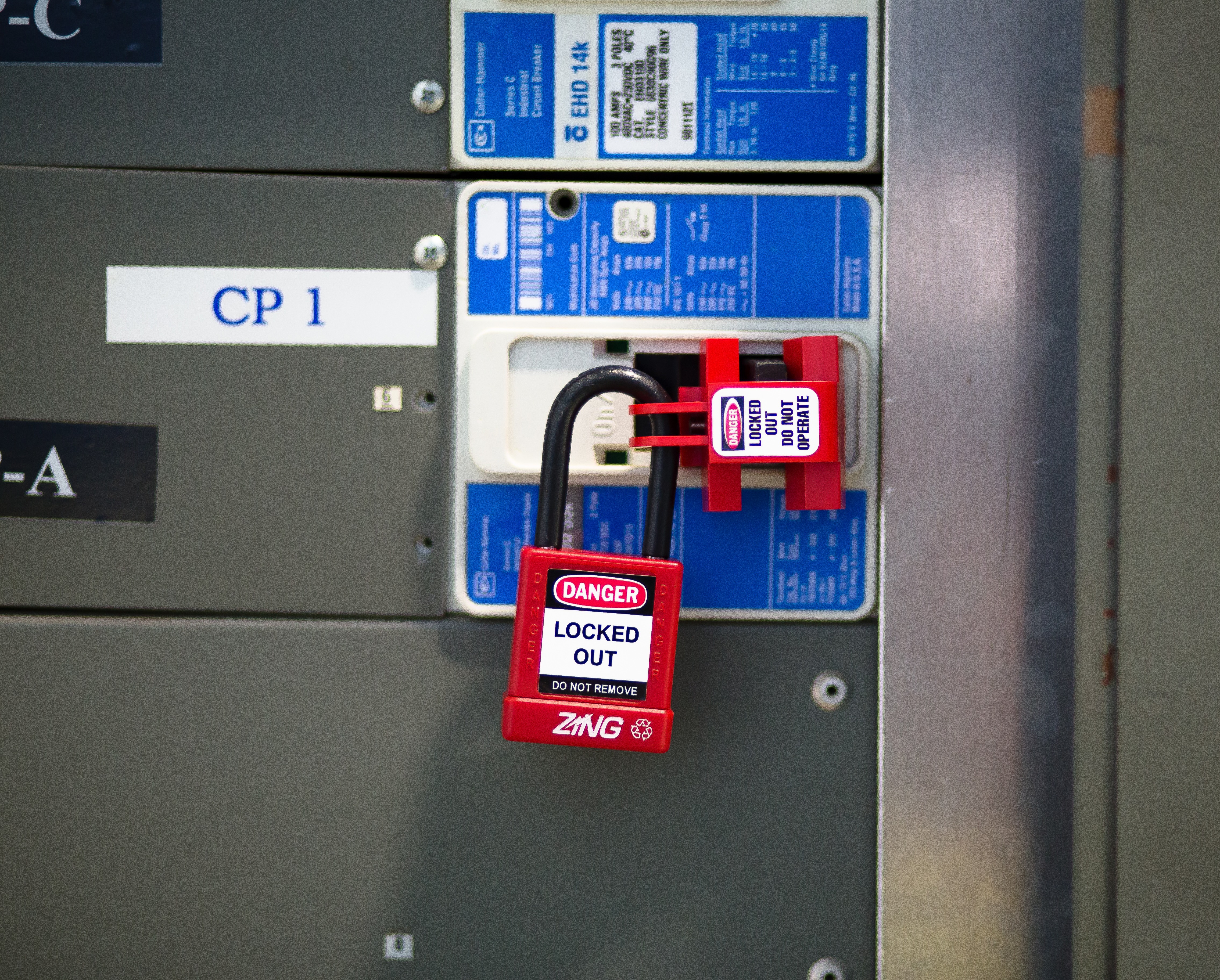The Importance of Lockout Tagout: Ensuring Workplace Safety
Posted by Zing Safety on Apr 10th 2023
As the saying goes, "safety first." In today's fast-paced industrial and manufacturing environments, workplace safety is of utmost importance. One critical safety procedure that cannot be overlooked is lockout tagout (LOTO). Lockout tagout is a procedure used to control hazardous energy sources during maintenance, servicing, or repair of machines or equipment. In this blog post, we will explore the importance of lockout tagout and its role in ensuring workplace safety.
What is Lockout Tagout?
Lockout tagout is a systematic procedure used to prevent the release of hazardous energy from equipment that could cause injury or harm to workers. Hazardous energy can come in various forms, such as electrical, mechanical, hydraulic, pneumatic, thermal, or chemical, and can be stored in machines or equipment even after they are powered off.
The lockout tagout process involves several key steps. First, the energy source of the machine or equipment is identified and isolated. Then, a lockout device, such as a padlock, is applied to the energy isolation point to prevent the release of hazardous energy. A tagout device, typically a tag or a label, is also attached to provide additional warning and information about the lockout status. Finally, only the authorized person who applied the lockout tagout devices is allowed to remove them once the maintenance or repair work is complete and it is safe to do so.
Why is Lockout Tagout Important?
- Protects Workers: The primary purpose of lockout tagout is to protect workers from hazardous energy sources. These energy sources can cause serious injuries or even fatalities if not properly controlled. Lockout tagout ensures that workers are not exposed to unexpected or accidental release of energy during maintenance or repair work, preventing potential accidents and injuries.
- Compliance with Regulations: Lockout tagout is a mandatory requirement under the Occupational Safety and Health Administration (OSHA) in the United States and other regulatory bodies in many countries around the world. Compliance with lockout tagout regulations is not only a legal obligation but also an ethical responsibility for employers to provide a safe working environment for their employees.
- Prevents Equipment Damage: Lockout tagout also helps to prevent damage to machines or equipment during maintenance or repair work. With energy sources properly locked out and tagged out, there is no risk of accidental start-up or release of energy, which can cause damage to equipment, tools, or surrounding facilities.
- Enhances Efficiency: While lockout tagout may require additional time and effort, it can actually enhance overall work efficiency in the long run. Properly executed lockout tagout procedures ensure that workers can perform maintenance or repair work without interruptions or delays due to unexpected energy releases. This can result in smoother operations, fewer work stoppages, and increased productivity.
- Promotes Safety Culture: Implementing lockout tagout in the workplace promotes a safety culture where workers are encouraged to prioritize safety in their daily work activities. It raises awareness about the potential hazards of energy sources and the importance of following proper procedures to control them. When workers see that their employers value safety and prioritize lockout tagout, it reinforces the importance of safe work practices, leading to a safer work environment overall.
Lockout tagout is a crucial safety procedure that should not be overlooked in any industrial or manufacturing setting. It protects workers from hazardous energy sources, ensures compliance with regulations, prevents equipment damage, enhances work efficiency, and promotes a safety culture. Employers must prioritize lockout tagout as an essential part of their workplace safety programs to safeguard their employees' well-being and prevent accidents and injuries. Remember, when it comes to safety, there is no compromise - it should always be "safety first."

